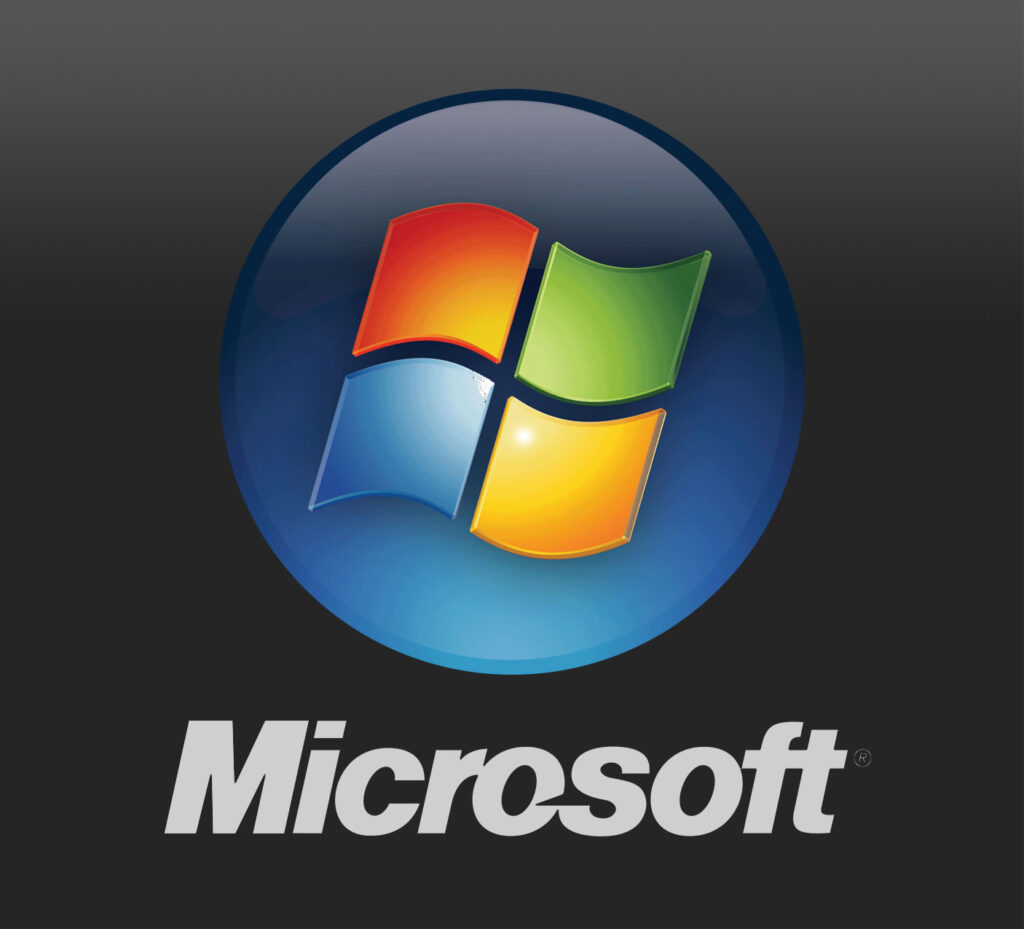In the annals of technological evolution, one name stands out as a pioneer that revolutionized the way we interact with computers and software – Microsoft. Founded by Bill Gates and Paul Allen on April 4, 1975, in Albuquerque, New Mexico, Microsoft embarked on a journey that would reshape the landscape of the digital world.
The Early Days:
Microsoft’s inception was humble, with Gates and Allen initially focusing on creating a version of the BASIC programming language for the Altair 8800, one of the earliest personal computers. This marked the beginning of their foray into software development, a domain that would soon become synonymous with the Microsoft brand.
The Birth of MS-DOS:
In 1980, Microsoft struck a pivotal deal with IBM to provide an operating system for their new personal computer. The result was MS-DOS (Microsoft Disk Operating System), a command-line interface that laid the foundation for Microsoft’s future success. MS-DOS became the standard operating system for IBM-compatible personal computers and propelled Microsoft into the mainstream.
Windows: A Graphical Revolution:
The 1980s saw the rise of graphical user interfaces (GUIs), and Microsoft capitalized on this trend with the introduction of Windows in 1985. Although the initial versions faced skepticism, Windows eventually evolved into a user-friendly interface that played a crucial role in making personal computers accessible to the masses. Windows 3.0, released in 1990, marked a turning point, and subsequent versions solidified Microsoft’s dominance in the operating system market.

The Office Suite Triumph:
Microsoft Office, launched in 1989, became another cornerstone of the company’s success. Combining applications like Word, Excel, and PowerPoint, Microsoft Office transformed the way businesses and individuals managed documents, data, and presentations. The suite’s seamless integration with Windows further cemented Microsoft’s influence in the business and productivity software arena.
Internet Explorer and the Browser Wars:
In the mid-1990s, the internet began to take center stage, and Microsoft entered the browser wars with Internet Explorer. The competition with Netscape Navigator was intense, but Internet Explorer eventually gained dominance, shaping the early experiences of internet users and establishing Microsoft as a force in the online realm.

Challenges and Antitrust Battles:
The late 1990s brought challenges for Microsoft as it faced antitrust investigations. Accusations of anti-competitive practices and monopolistic behavior led to legal battles that spanned several years. Despite setbacks, Microsoft emerged from these trials with a renewed focus on innovation and collaboration.
21st Century Innovations:
As the digital landscape continued to evolve, Microsoft adapted and embraced new technologies. The 21st century saw the launch of Windows XP, Windows 7, and the highly successful Windows 10. Microsoft also entered the gaming industry with the Xbox console, making a significant impact on the gaming community.
Cloud Computing and Beyond:
Under the leadership of Satya Nadella, who became CEO in 2014, Microsoft underwent a cultural shift towards cloud computing and services. Azure, Microsoft’s cloud platform, became a major player in the industry. The acquisition of LinkedIn in 2016 and GitHub in 2018 further demonstrated Microsoft’s commitment to staying at the forefront of technology.
Conclusion:
Microsoft’s journey from a small software company in Albuquerque to a global tech giant is a testament to its resilience, adaptability, and commitment to innovation.
As we look back on its history, we see a company that not only shaped the digital landscape but also continues to evolve, pushing the boundaries of what is possible in the ever-changing world of technology. Microsoft’s story is one of ambition, perseverance, and a relentless pursuit of excellence – a narrative that continues to unfold in the digital age.
